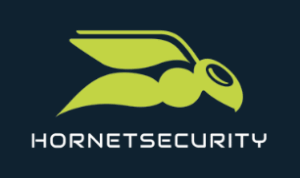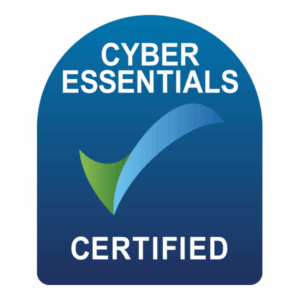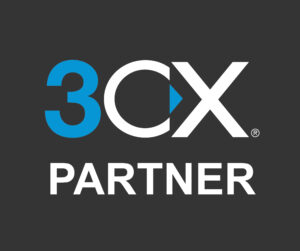Introduction
In the past we traditionally just installed Antivirus and trusted that it protected us. Now attack technology is becoming ever more complex and we need multiple services to protect against it. Andy Morrison explains the various modules and how they help.

Endpoint Security
This is the software you install directly on your devices .
Next-Gen Antivirus & Firewall
This is the traditional anti-virus module that scans files as you open them, and also scans servers etc over night
DNS Security – Endpoint
91% (Heimdal info) of online threats use a DNS attack to redirect you to a dangerous site. DNS security constantly monitors your DNS requsts and block access to sites that have malicious code or are operated by attackers.
Next-Gen Antivirus & Firewall
The traditional anti-virus module that scans files as you open them, and also scans servers etc over night.
Vulnerability Management
Often when you are attacked, the virus is accessing a known vulnerability on a PC that hasn’t had updates applied. The update would have fixed a bug a bug in the operating system that is allowing malicious code to affect operation. The way to prevent this is to keep all computers up to date, however that means relying on users to constantly reboot and install updates. What happens if a faulty update is released? How do you monitor to check that updates are installed?This module keeps you safe by automating updates, centrally selecting which ones should install and automatically scheduling the process.
Priviledged Access Mangement (PAM) & Application Control (AC)
PAM works by preventing users from having admin privileges unless manually requested and allowed. Without admin privileges, the configurations and files that can be accessed by a virus are limited. A user should never operate as an administrator normally! If a user needs to install software or change a setting they first request admin access by clicking a button near the clock.

With AC, the IT team publish a list of allowed software and prevent any processes from running that are not related to the list. It prevents viruses from starting and also keeps your software licensing under control.
In combination, AC and APM Implement “Zero Trust” by only allowing known processes to run, and managing when something runs as an admin.
The Agent
All of these modules need controlling and displaying in one place to make them manageable. The agent listens for instructions and sends status updates to the central console to make life easy for the IT team.
Email Security
Full cloudbased email security works by configuring the world to send your emails to the security system before it is delivered to you. It means that it is compared against a list of known spam senders, spam internet addresses and also scanned for viruses and spam algorithms to prevent emails from being delivered if they look malicious.The emails are also checked to make sure that they were sent from the address of the responsible mail server, and not from a different server impersonating them. This process is called SPF and DKIM.Any email that fails a test is sent to quarantine.
Threat Action Centre (TAC)
The TAC is a portal accessed by the IT team to detect and respond to threats and alerts. It means they can fix problems quickly without having to visit a device.The TAC can also be linked to a remote helpdesk or AI system to provide immediate response even out of hours. – true 24 * 7 protection

Conclusion
Each module provides a very different level of protection and so your own circumstances need to be taken into account.
If you have any form of compliance needs then you probably need every module. Not only will you be most safe, you will have a traceable route to full compliance.`






